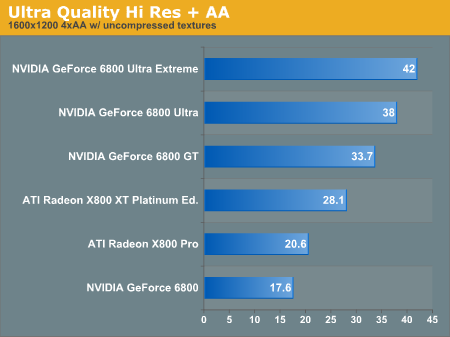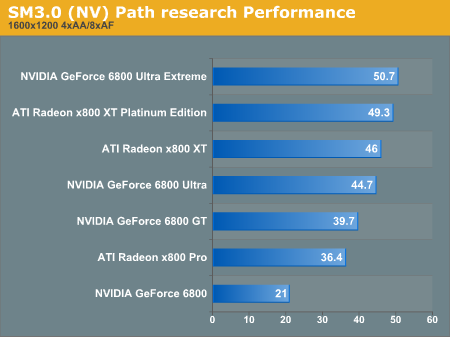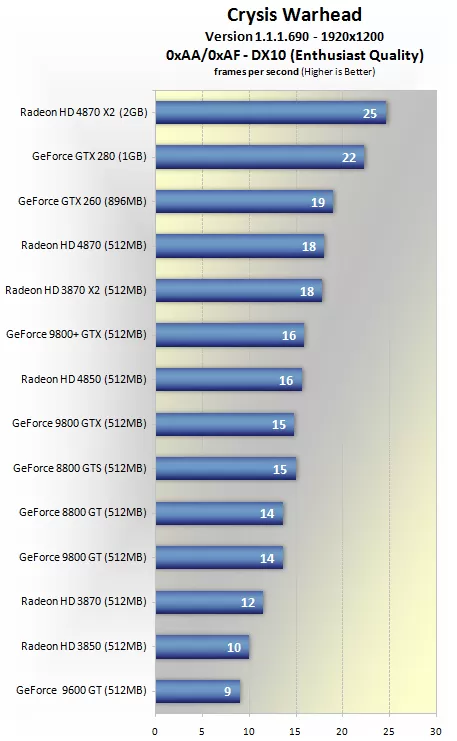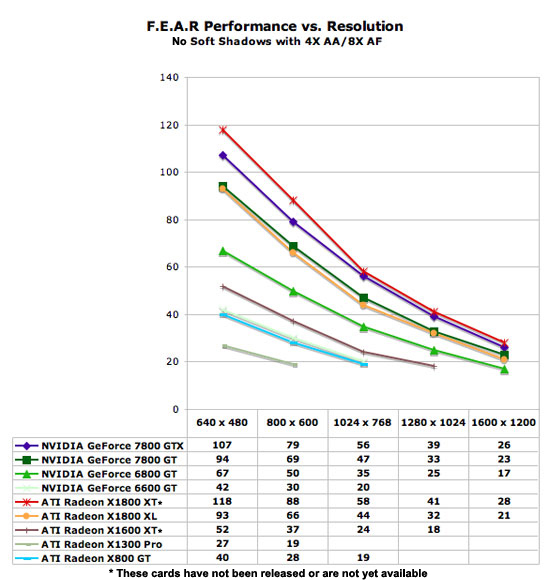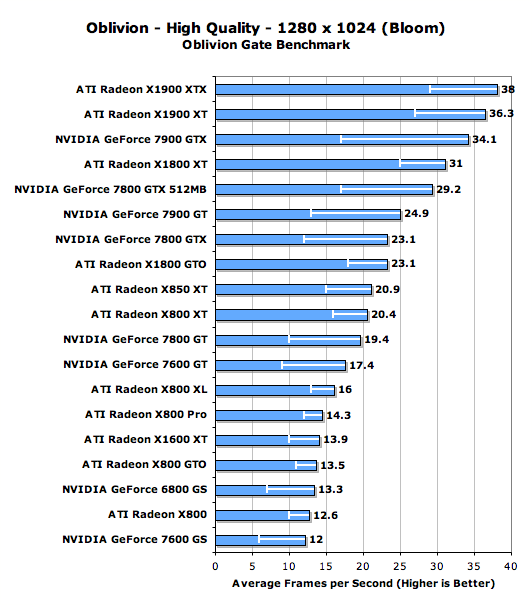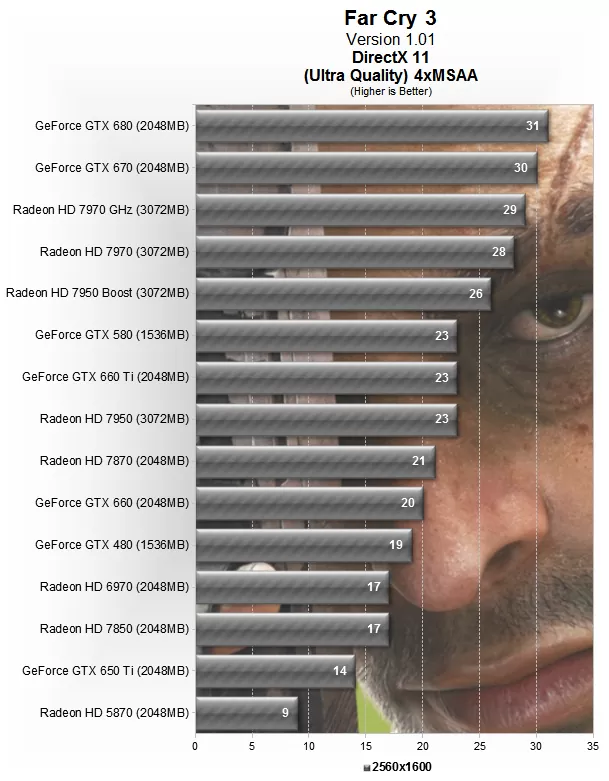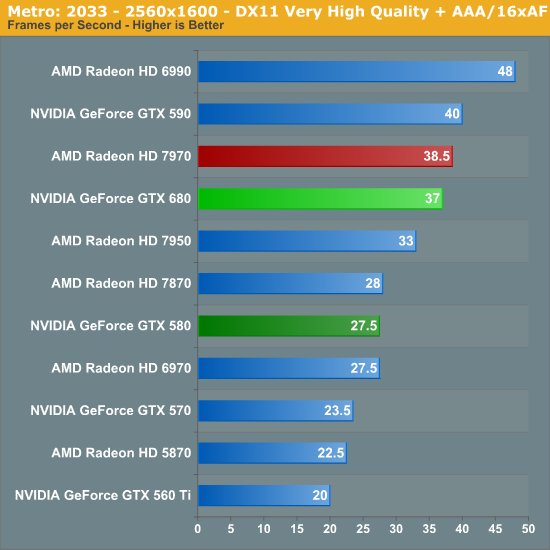What's the point of asking a question if you already think you know the answer?
I answered to a hypothetical.
I don't presume that my answer is all-encompassing.
You might not like RT/upscaling, and that is fine, but since my answer does not apply, I'd like to know why these solutions bother you so much, especially since,
...you can't course correct for the issues arising from smaller gains via node shrinks and generally bad architectural performance gains(see RTX 5000 series).
that would imply that, new ways to advance are required.
The only thing for developers to do is cut their coat according to their cloth. Some are doing so, others are not. Until we get a breakthrough in semi-conductor manufacturing, the gains going forward will be smaller and more expensive.
What if, we don't get a breakthrough, or, it takes a very, very long time to get one.
Should everyone remain idle?
Since the course is set, and the gains are miniscule, shouldn't everyone, panel manufacturers, game developers, hardware engineers etc, etc, stop innovating and work with what they have as well?
After all, gaming on an 8K 1000hz panel is impossible using "traditional" rendering techniques, for the foreseeable future.
And supposedly, everyone did, "
cut their coat according to their cloth" what would we gain from it?
What are you trying to convey?
"upscaling=bad", is an equally respected subjective opinion as "upscaling=best thing since sliced bread".
It means absolutely nothing, unless there is an alternative on offer.
What is the alternative you propose?
Eventually, whether we like it or not, everyone will have to acknowledge the reality that we're in a consolidation period.
It depends.
If there is no advancement on a specific field, then I'd say no.
If we get to a point where there is no advancement whatsoever, then, sure.



